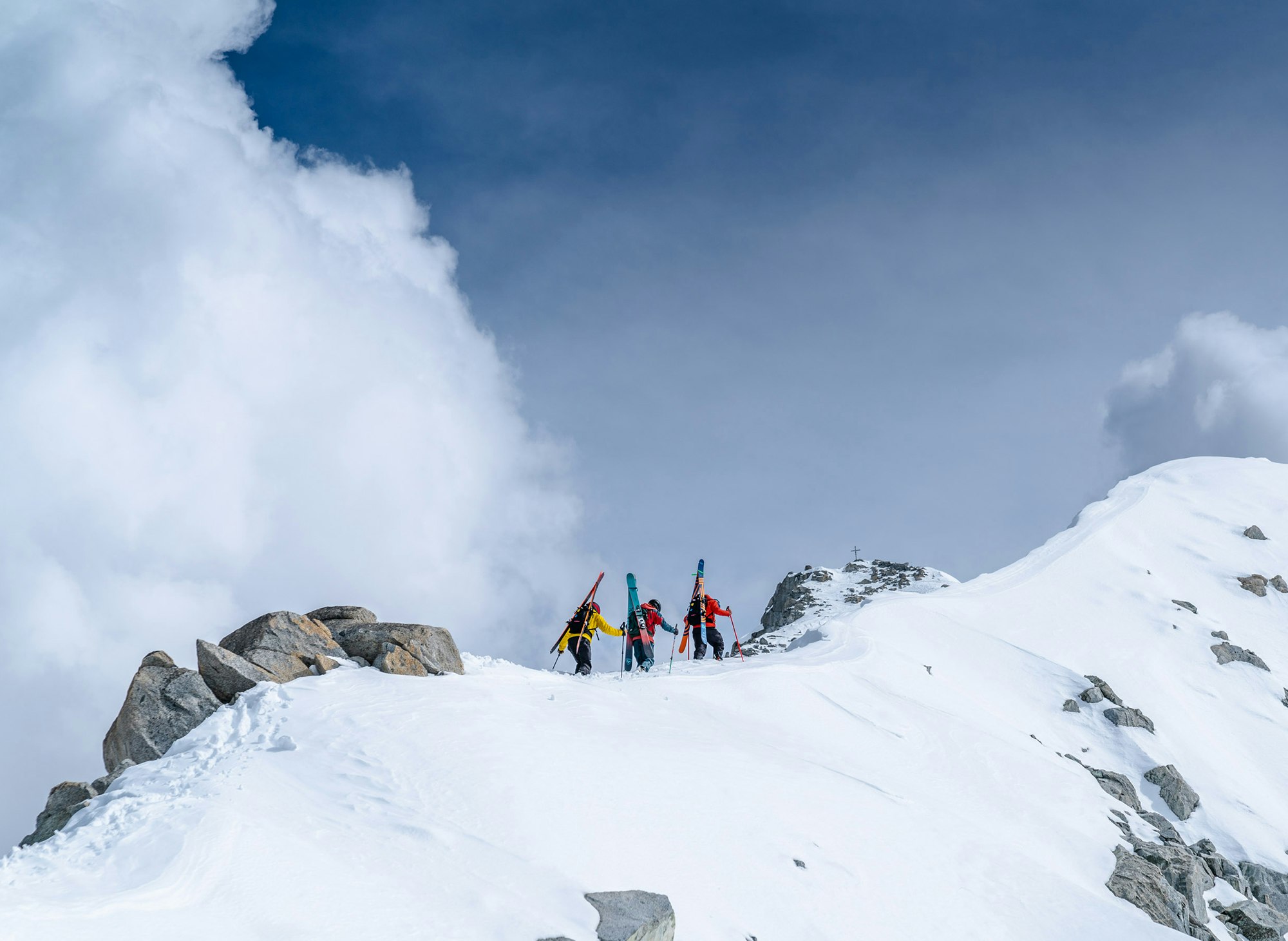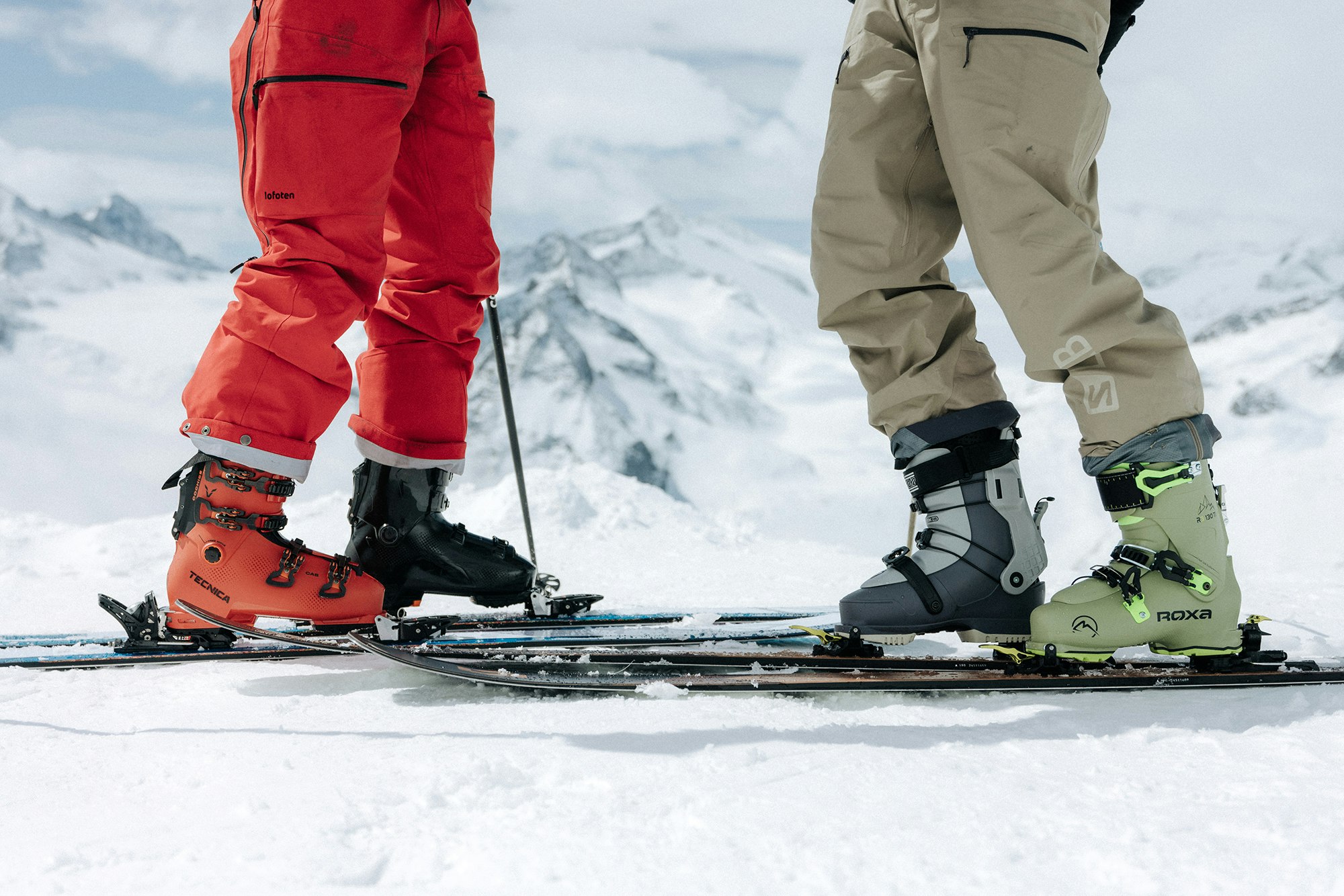Boots: should fit like a glove
Freeride boots are increasingly complex
- Author: Niccolò Zarattini
- Photographer: Federico Ravassard
Boots are gloves for your feet. Hear us out. Without gloves in certain weather conditions, it’s better to not step foot outside the house.
If they’re too thick they lack sensitivity, too thin and the cold not only dulls sensitivity but also strength. We could go on about the similarities, but it’s worth bearing in mind that the plastic factor makes ski boots even more complex. Make sure you have the right boot for the right discipline. A skier might have an old, mediocre pair of planks, but if they’re wearing a good boot, they can get down any hill safely.

Freeride boots were developed by modifying alpine ski boots, using stiff yet progressive plastics, with a high volume and comfortable fit, but without straying into Sunday skier slipper boot territory. They are increasingly complex. Initially conceived to satisfy a small niche of enthusiasts, they now have a pivotal role in every product range and mountain store. The features found in freeride boots represent developments made in other categories. Carbon inserts, cable buckles, World Cup-style Velcro power straps, interchangeable soles, canting adjustment, liners built better than skyrunning shoes and much more besides.

Unlike skis, the feel of a boot is highly subjective. The same model may require a serious bootfitting to suit two skiers of the same ability level but with different-shaped feet.
Sometimes even professionals see things completely differently when talking about boots. Immediate comfort often trumps other considerations when trying them on at the store, as all skiers have experienced sore, frozen feet at some point. And that’s fine. So, take note of our criticisms, but don’t ever base your decision on the opinion of others. The final verdict is yours alone, and that of your feet. When the time comes to buy a pair of boots, take all the time necessary, without hurrying, try out the fit and walkablity, stay in them for a few more minutes. Skis can be broken or damaged, it just takes some bad luck or a stone in the wrong place, but your boots will stick around for a good few seasons.
Share this article

